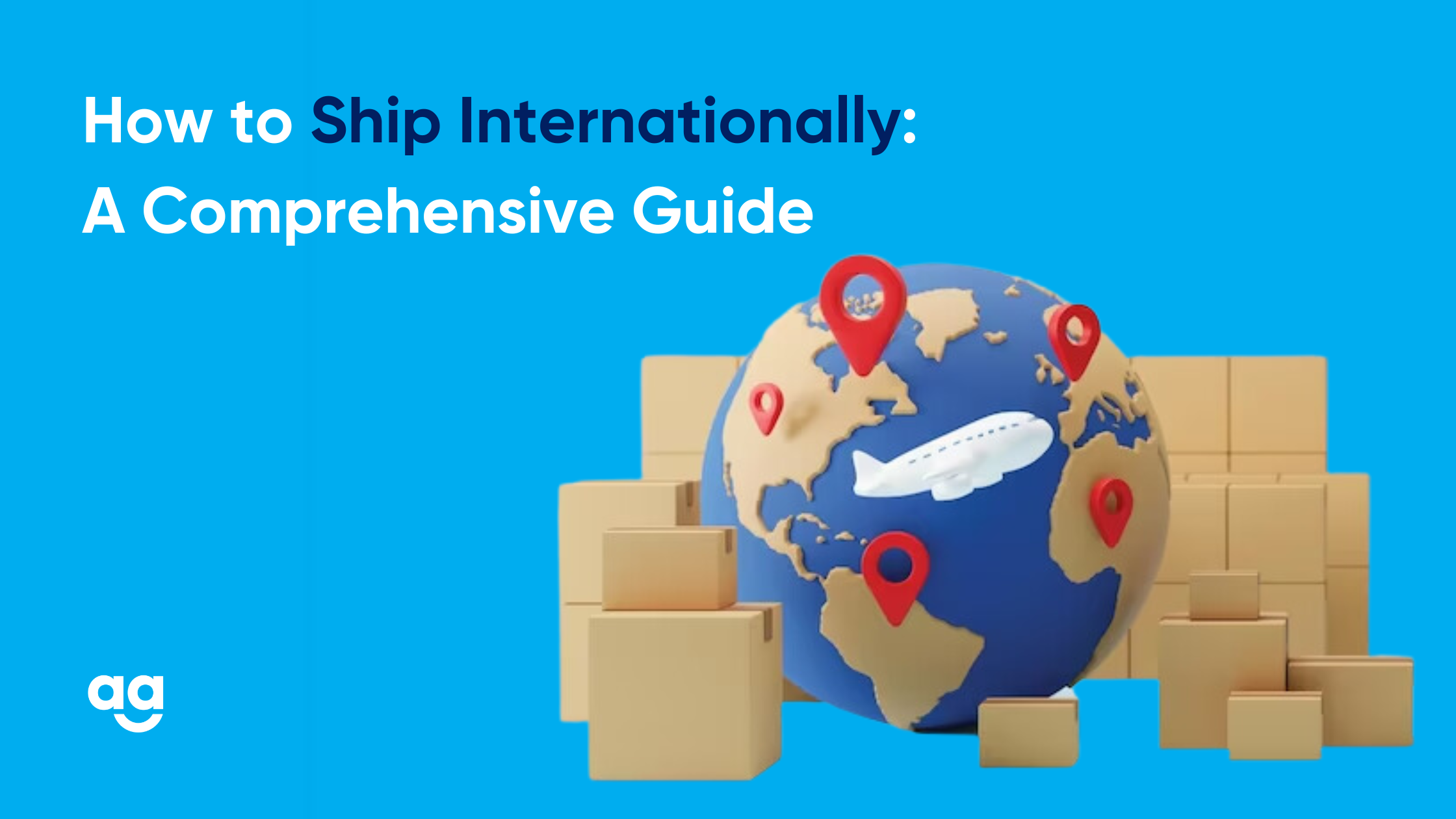Introduction
If you’re looking to expand your business internationally, shipping products to customers around the world can be a daunting task. However, with the right strategies in place, international shipping can be a smooth and successful experience.
In this guide, we’ll cover everything you need to know about international shipping, right from choosing the right carrier to navigating customs regulations.
1.Choosing the Right Carrier for International Shipping
Choosing the right carrier is crucial when it comes to international shipping. Here are some factors to consider:
-
Experience with International Shipping
Look for carriers that have experience shipping internationally. They will be familiar with the regulations, customs fees, and taxes of different countries and can provide valuable guidance on how to navigate them.
-
Shipping Rates
Compare shipping rates across different carriers to find the one that offers the most competitive rates. Keep in mind that international shipping rates can vary greatly depending on the destination, package size and weight, and the carrier you choose.
-
Delivery Times
Consider the delivery times offered by different carriers. Some carriers may offer faster delivery times, but at a higher cost. Others may offer slower delivery times, but at a more affordable rate. Choose the carrier that best meets your needs.
-
Specialization in Specific Regions
Some carriers specialize in specific regions. If you’re targeting specific countries, it’s important to find a carrier that can handle your shipping needs in those regions.
2. Where and What You’ll Ship
Before you start shipping internationally, it’s important to consider what products you’ll be shipping and to which countries. Here are some factors to consider:
-
Product Restrictions and Prohibitions
Different countries have different restrictions and prohibitions on what products can be shipped into their borders. Before shipping your products, make sure to research the regulations of the destination country to avoid any potential issues.
-
Packaging Requirements
Different countries may have different packaging requirements for specific products. For example, some countries may require specific labeling or packaging for food products. Make sure you’re aware of these requirements before shipping your products.
-
Shipping Destinations
Consider which countries you’ll be shipping to and the potential demand for your products in those countries. It’s important to research the local markets and competition to ensure that your products will be successful in those markets.
-
Shipping Volume
Consider the volume of products you’ll be shipping internationally. If you plan on shipping large volumes, it may be more cost-effective to work with a freight forwarder or shipping consolidator to take advantage of bulk shipping rates.
By taking these factors into consideration, you can ensure that you’re shipping the right products to the right countries, while also minimizing potential issues and maximizing your shipping efficiency.
3. Understanding International Shipping Costs and Customs Fees
International shipping costs can vary greatly depending on the destination, package size and weight, and the carrier you choose. In addition to shipping costs, you’ll also need to factor in customs fees and taxes. Here’s what you need to know:
-
Customs Fees and Taxes
When shipping internationally, you’ll be required to pay customs fees and taxes in the destination country. These fees can be a significant portion of the total cost of your shipment, so it’s important to research the customs regulations and fees for the countries you’re shipping to.
-
Currency Exchange Rates
International shipping also involves currency exchange rates. Make sure you factor in any currency exchange fees when calculating the total cost of your shipment.
-
Duties and Tariffs
Depending on the products you’re shipping, you may be required to pay duties and tariffs. These are fees imposed by the destination country on certain imported goods.
4. Properly Packaging Your Products for International Shipping
Proper packaging is crucial for ensuring that your products arrive at their destination safely and in good condition. When it comes to international shipping, it’s important to use sturdy packaging materials that can withstand long journeys and potential damage during customs inspections. Here are some tips:
-
Use Sturdy Packaging Materials:
Use high-quality packaging materials that can withstand the rigors of international shipping. This includes double-walled boxes, bubble wrap, and packing peanuts.
-
Securely Seal Your Packages:
Make sure your packages are securely sealed to prevent any damage during transit.
-
Label Your Packages Correctly:
Make sure your packages are correctly labeled with the destination address, return address, and any necessary customs declarations.
-
Check Destination Country Regulations:
Check the regulations of the destination country to ensure that your packaging meets any specific requirements.
5. Completing International Shipping Documents and Declarations
When shipping internationally, you’ll need to complete a variety of documents and declarations to ensure compliance with customs regulations. These can include commercial invoices, packing lists, and customs declarations. It’s important to accurately complete these documents to avoid any potential delays or fines.
6.Tracking Your International Shipment
Tracking your international shipment is crucial to ensure that it arrives at its destination on time and in good condition. Most carriers offer tracking services that allow you to monitor your shipment’s progress throughout its journey. Additionally, some carriers offer insurance options that can provide added protection for your shipment.
Conclusion
International shipping can be a complex and challenging process, but with the right strategies in place, it can be a lucrative opportunity for businesses looking to expand globally. By choosing the right carrier, understanding international shipping costs and customs fees, properly packaging your products, completing the necessary documents and declarations, and tracking your shipment, you can ensure that your international shipping experience is a success. Don’t let the complexities of international shipping hold you back – with these tips, you can confidently take your business to the next level.







 Shipping
Shipping







